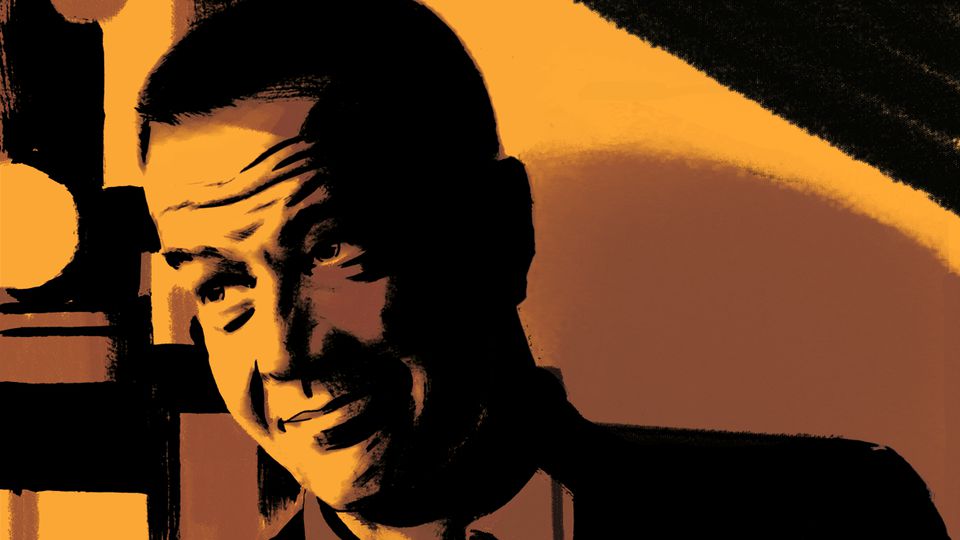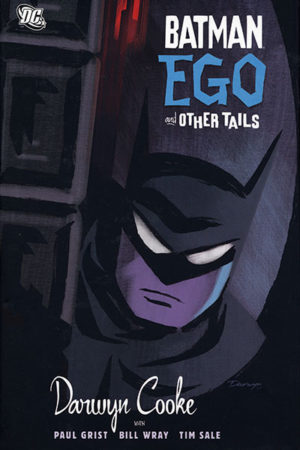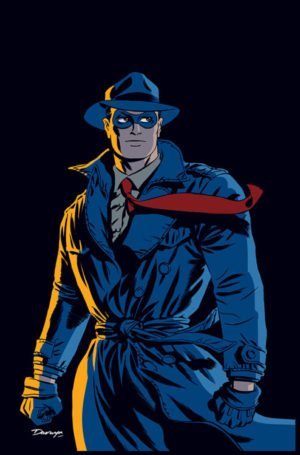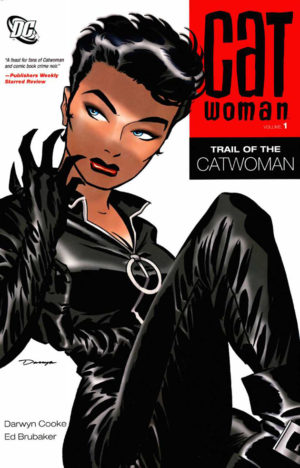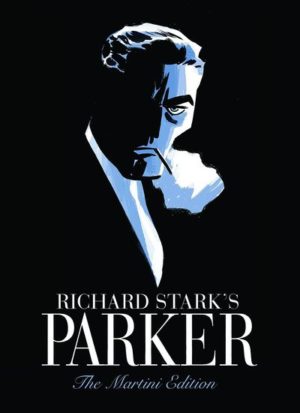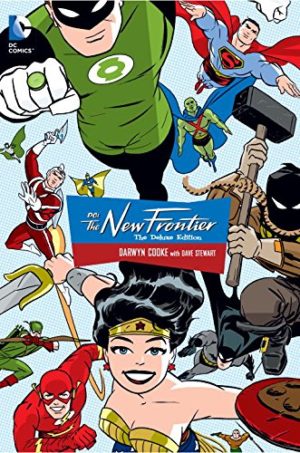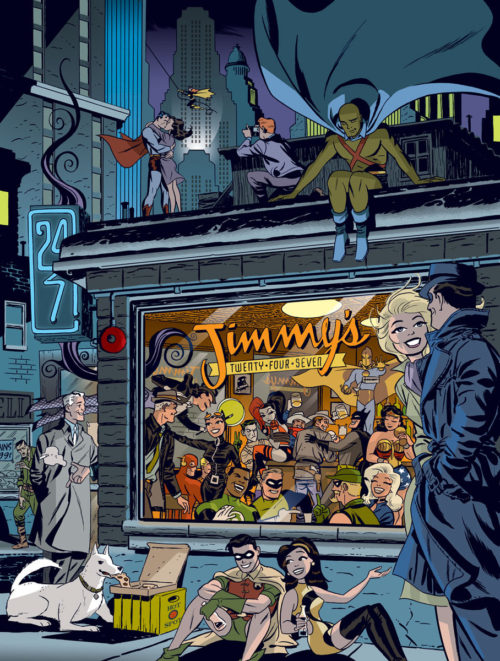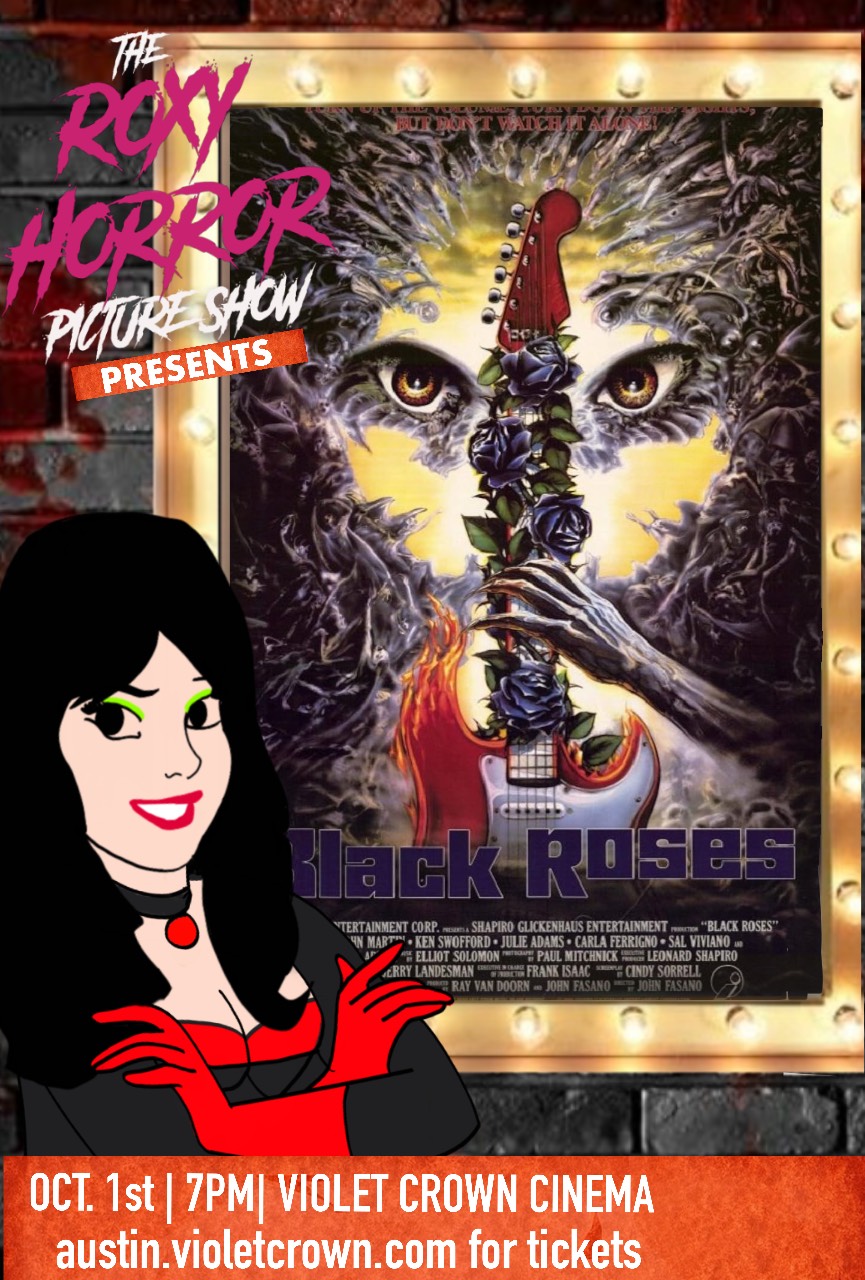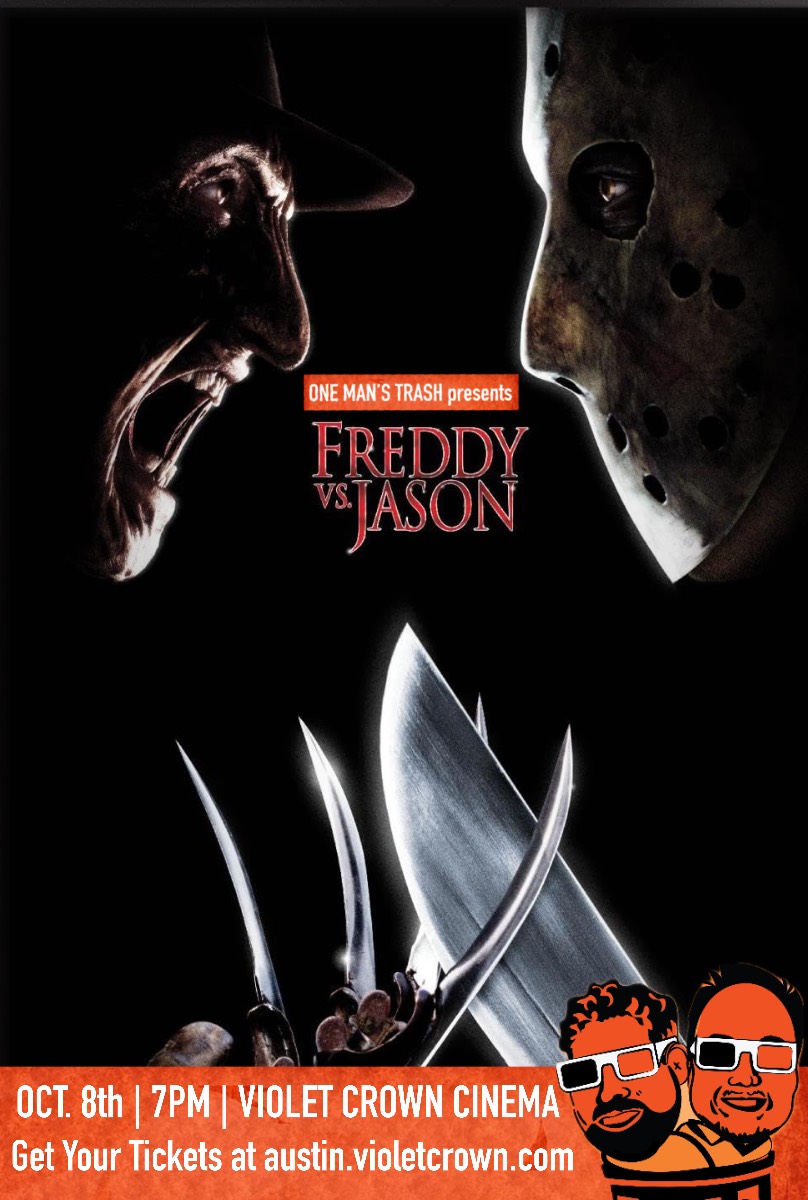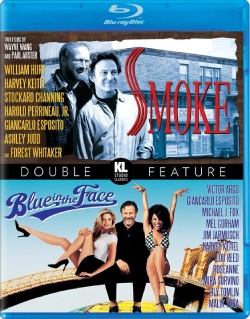As many of you already know, Darwyn Cooke, the Eisner award-winning artist and writer known for countless critically-acclaimed works such as DC: The New Frontier, Catwoman and Richard Stark’s Parker, passed away last Saturday night after a short, but aggressive battle with cancer. He was 53-years-old. Releasing a short statement after his death via his personal blog, Cooke’s family expressed their deep appreciation for the messages and outpouring of support from fans and other creators within the comic book industry.
“We read all of your messages of support to him throughout the day yesterday. He was filled with your love and surrounded by friends and family at his home in Florida.”
DC Comics, who published Cooke’s first major breakout comic series, Batman: Ego, 15-years-ago, also expressed their love and appreciation of Cooke as a friend and creator in a comprehensive press release, highlighting the impact he had over the DC Universe with his art and storytelling.
“Darwyn Cooke had a vision of the DC Universe that was uniquely his own, yet embraced by everyone. Once you saw his timeless designs and concepts for Batman, Catwoman, Superman, Wonder Woman, Green Lantern or any other character, you immediately adopted his jubilant interpretation of these heroes as your own and wanted more. His take on the most iconic heroes in the world were breathtakingly direct and elegant, powerful and cool. His were some of the most beautiful, fun DC superhero images we have ever seen.”
It’s often hard to adequately summarize someone’s career when that person’s entire life’s work has spanned across so many different mediums for several decades. Even if you’ve never heard of Darwyn Cooke, chances are that you’ve probably grown up reading or watching something that he’s worked on or produced. Whether it’s working as an animator on both Batman and Superman: The Animated Series or as a writer on Bruce Timm’s Justice League: Unlimited or as an artist on various comics for DC, Marvel, Image and IDW, Cooke has left behind an incredible legacy that will assuredly captivate and inspire generations to come.
Like many others who have had to grapple with the sad news of Cooke’s death, I wanted to take the time to express my appreciation for his seminal work within the comic book industry, and why, in my opinion, you should take the time to sit-down and admire the many comics and graphic novels that he has managed to produce over the last two decades.
Batman: Ego
The first of his projects for DC, Batman: Ego is perhaps Cooke’s most experimental foray into comics, as it sees Bruce Wayne grappling with his alter-ego after suffering from a severely traumatic psychological event. Cooke challenges readers not to look at Bruce Wayne and Batman as a single inseparable individual, but as a two distinct entities with their own motivations and goals.
As expected, the comic has a heavy noir influence both in terms of its art and storytelling. Having only recently come off working as an animator for Bruce Timm’s various DC television shows, Cooke’s take on Gotham and its inhabitants is eerily reminiscent of Batman: The Animated Series. The characters all well realized, and look suitably expressive and cartoony, and Gotham itself is layered in darks shadows and is made even more atmospheric with Cooke’s choice to color the city black, grey and red.
Though the story is very familiar and breaks little ground when exploring Batman’s damaged psyche, Ego serves as sign of the amazing things to come later on in Cooke’s career as an artist and writer.
The Spirit
It certainly takes a lot of gall on the behalf of any creator to write their own interpretation of a beloved and legendary comic book character, especially if that legendary comic book character happens to be Will Eisner’s most iconic creation, The Spirit. Still, if there was ever one writer or artist who could deliver a story about a masked crimefighter that often found himself embroiled in dangerous or light-hearted mysteries, it would most certainly be Darwyn Cooke.
Cooke proves to an incredibly worthy successor to Eisner, and manages to both update the The Spirit for more modern day sensibilities while keeping the tone of the original stories intact (though wisely disposing of Eisner’s offensive racial and gender caricatures). Even with the modern touches, the entirety of the 32-issue run feels as if it all takes place during the 1940s or 50s, and it’s the blending of fedoras with cell phones that make The Spirit’s adventures all the more fun and well worth reading. Additionally, prior knowledge of Eisner’s original work isn’t required, making Cooke’s run on The Spirit easily accessible from the start.
Catwoman
There have been many Catwoman runs and dozens of creative teams assigned to revamp DC’s most famous femme fatale over the years, but none have managed to come close to Cooke’s interpretation of the character in the early 2000s. Instead of presenting Selina Kyle as the fetishistic, leather clad psychopath made popular by Tim Burton’s Batman Returns, Cooke brought Catwoman back to her roots as a burglar and master thief, and later, in a collaborative effort with Ed Brubaker (Captain America: The Winter Soldier), transformed her into a superheroine.
Cooke’s first story, Selina’s Big Score, finds Catwoman having faked her own death in an attempt to gain some semblance of control over her life again after spending years being pursued by the authorities, criminals and a certain Gotham vigilante. Hoping to land back on her feet a few million dollars richer, Selina plans a heist with several other career criminals and her mentor (and former lover), Stark. The events of Selina’s Big Score eventually spill over to Cooke and Brubaker’s series, and features Catwoman making her return to Gotham as a one of the city’s premiere vigilantes.
There’s no denying the fact that Cooke’s work was heavily influenced by classic crime and detective fiction, and his creative efforts with Catwoman is no exception. In addition to winding together a compelling narrative and building upon Selina Kyle’s history by making careful references to past stories, like Batman: Year One, Cooke, along with Brubaker, manages to not only create a Catwoman for a more modern age, but also one that is steeped in the allure and mystery of a hardboiled pulp novel.
Richard Stark’s Parker
There are a number of graphic novel adaptations of many literary works, but it’s hard to argue that any of them even come close to being as good as Richard Stark’s Parker. Based on the critically acclaimed novels of the same name by the late Donald E. Westlake (known under the pseudonym Richard Stark), Cooke’s series of graphic novels follows Parker, a ruthless career criminal and amoral thief. The first entry in series, The Hunter, sees Parker seeking revenge against his wife and the criminal associates who double-crossed him, and his first encounters with the criminal organization known as The Outfit.
The thing that makes Richard Stark’s Parker: The Hunted and its sequels so distinctive when compared to other crime comics and the rest of Cooke’s graphic novels is its complete and utter lack of sentimentality. The source material itself is so damn rich, and the characters ooze as much personality, sensuality and depravity as the setting they reside in. Cooke capitalizes on this, and deftly translates the brutality and narrative energy of Westlake’s novels. Though Parker is hardly a character worth looking up to, the ways in which Cooke paints Parker’s actions and the 1960s setting in his bold, familiar style makes the comic irresistible not to read and admire.
DC: The New Frontier
Arguably Cooke’s most critically acclaimed work, DC: The New Frontier, the Shuster, Harvey and Eisner Award-winning comic book series, is a dynamic re-envisioning of the formation of the Justice League, and how many Golden Age DC Universe characters like Superman, Batman and Wonder Woman first met Silver Age heroes Green Lantern/Hal Jordan, The Flash/Barry Allen, and the Martin Manhunter/J’onn J’onzz.
Set sometime after World War II, The New Frontier explores how the tensions of the Cold War forced the “Age of Superheroes” to decline, with many heroes opting to work within the parameters of the United States government, or in secret. Heavily inspired by novels and films of the 1950 and 60s, the series also makes frequent references to other political and social events of the era, including the civil rights movement, atomic weapons testing, the arms race between the United States and the Soviet Union, and the election of President John F. Kennedy.
I personally have no problem saying that DC: The New Frontier is a masterpiece. It encapsulates everything that is so great about Cooke’s work, from his retro art style to his snappy, humorous dialogue. Even though it explores incredibly mature themes and is set during one of the most tumultuous and darkest periods of the 20th century, Cooke still manages to the imbue the entirety of the six-issue mini-series with an endearing sense of optimism. It also serves as one of the best stories in the DC Universe to ever feature the Martian Manhunter. Anyone who wants to truly understand the sheer breadth of talent that Cooke possessed as an artist and as a writer needs to make it a priority to read DC: The New Frontier.
Looking back at his body of work, I can say with a liberal amount of confidence that Cooke’s storytelling and artwork encapsulated everything that I love and appreciate about comics. Whether it was The Spirit making a sarcastic remark, Parker raising a gun to a terrified man’s face, or Superman saving a child’s life, Cooke consistently reminded all of us of the best moments we’ve had reading comics. That is why I and everyone at OneOfUs.net want to extend our deepest sympathies to Darwyn Cooke’s family and thank him for giving us those moments.
What about you reader? What are some of your favorite graphic novels written or drawn by Darwyn Cooke? Let us know in the comments below.

